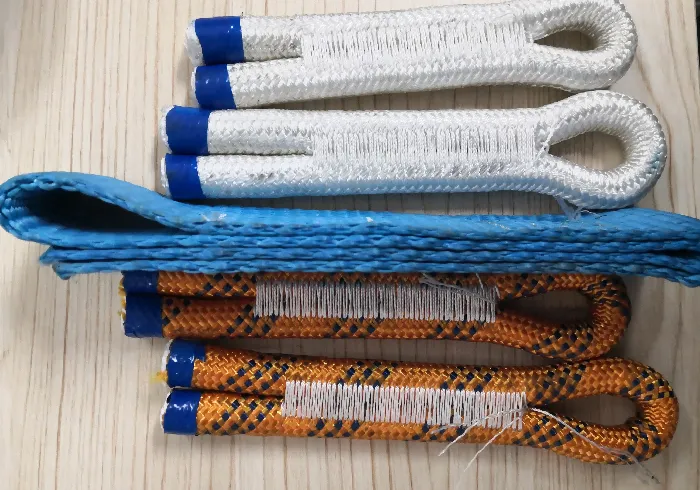industrial overlocker
The Industrial Overlocker A Key Player in Modern Textile Manufacturing
In the contemporary textile industry, efficiency and precision are paramount. One of the machines that embody these qualities is the industrial overlocker (or serger). This specialized sewing machine is crucial for finishing edges, preventing fraying, and providing a clean, professional look to various fabrics. In this article, we will delve into the functions, benefits, and applications of the industrial overlocker, highlighting its significance in modern manufacturing processes.
What is an Industrial Overlocker?
An industrial overlocker is a high-speed sewing machine that uses multiple threads to create overlock stitches. Unlike conventional sewing machines, which typically use a single needle and thread, overlockers employ a combination of two to five threads. This multiple-thread system allows for greater structural integrity and flexibility in stitching, making it ideal for knit and woven fabrics alike. The main functions of an overlocker include trimming excess fabric, sewing, and finishing seams simultaneously, which significantly reduces production time.
Key Features and Functions
One of the standout features of the industrial overlocker is its ability to trim fabric while stitching. As the machine sews, it cuts away the excess material, creating a neat edge that minimizes the risk of fraying. This simultaneous trimming and stitching is a time-saver feature that enhances workflow efficiency. Additionally, overlockers can perform various types of stitches, including four-thread overlock, three-thread overlock, and rolled hems, giving manufacturers plenty of flexibility for different sewing tasks.
Another essential feature is the adjustable differential feed. This allows operators to manage the fabric feed rate, accommodating various fabric types without stretching or puckering. This adjustability is particularly essential when working with stretchy fabrics such as knits, where the risk of distortion is high. The option to adjust stitch width and length also contributes to the versatility of the overlocker, making it suitable for different sewing applications.
Benefits to Manufacturers
industrial overlocker

The industrial overlocker offers numerous benefits that contribute to a manufacturer’s bottom line. First and foremost, its speed and efficiency can drastically reduce labor costs. By performing multiple tasks in one step, it minimizes the time spent on sewing processes, allowing for higher production rates. This rapid output meets the demands of fast fashion and other industries requiring quick turnaround times without compromising quality.
Furthermore, the quality of the finished product can be markedly improved. Overlocked seams are stronger and more durable than standard seams, which is particularly important for garments that undergo heavy wear. The neat finishing provided by an overlocker also enhances the overall aesthetic of the product, making it more appealing to consumers. Quality control is made easier, and returns due to seam failures are reduced, enhancing customer satisfaction.
Applications in the Textile Industry
The applications of industrial overlockers span various sectors within the textile industry. They are predominantly used in garment manufacturing, particularly in the production of t-shirts, pants, and activewear, where elasticity and durability are critical. However, their use is not limited to clothing alone. Overlockers are also employed in making home textiles such as curtains and upholstery, as well as in industrial applications for stretchable materials.
In addition, the rise of the DIY culture and custom garment production has fueled interest in the industrial overlocker among small businesses and individual entrepreneurs. The ability to create professional-quality products quickly and easily at home has been a game-changer for amateur designers and small-scale manufacturers.
Conclusion
The industrial overlocker, with its combination of speed, efficiency, and versatility, plays a vital role in the modern textile industry. As manufacturers strive for greater productivity and quality in an increasingly competitive market, overlockers have become essential tools. From mass production to bespoke tailoring, the benefits offered by this remarkable machine continue to drive innovations and improvements in textile manufacturing, ensuring its place as a cornerstone of the industry for years to come. As technology advances, we can only anticipate further enhancements in the capabilities of these machines, solidifying their importance in the future of textile production.
-
Boost Production Efficiency with a Pattern Sewing MachineNewsAug.29,2025
-
Industrial Excellence with the Best Heavy Duty Sewing MachineNewsAug.29,2025
-
Precision and Power with the Best Pattern Sewing MachineNewsAug.29,2025
-
Reliable Bulk Packaging Starts With the Right FIBC Sewing MachineNewsAug.29,2025
-
Advanced Packaging Solutions: Elevate Productivity with Jumbo Bag Sewing Machine and Industrial Stitching EquipmentNewsAug.29,2025
-
High-Performance Solutions for Bulk Packaging: FIBC Sewing Machine and MoreNewsAug.29,2025
-
Maximize Efficiency with an Industrial Cylinder Arm Sewing MachineNewsAug.28,2025


























